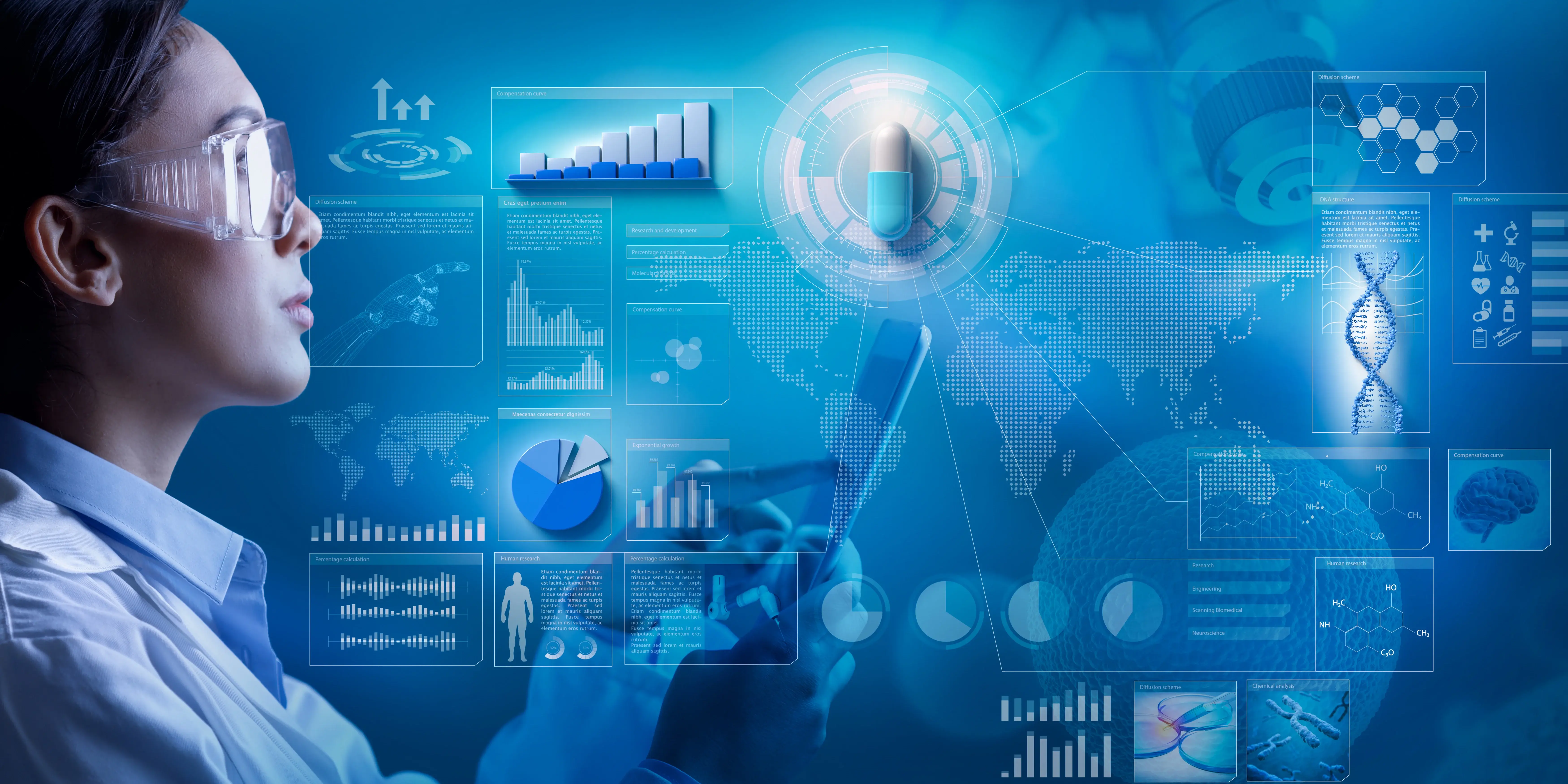Biostatistics is the application of statistical principles to the interpretation of bios, clinical, and public health data. It is one important tool in the planning, processing, and interpretation of data in medical research. Included here are no doubt epidemiological and clinical trials. Biostatistical analysis will assist researchers in receiving valid results from complicated information, which will allow them to perceive patterns of illness, discover new medical therapies, and make available a better result in terms of public health. This article gives an indepth introduction into biostatistics, with emphasis on the fundamental concepts of the discipline, main techniques, widespread applications, and ever greater relevance in today's data-intensive science.
What is Biostatistics
Biostatistics is the subset of statistics primarily used in the interpretation and analysis of outcomes generated from studies concerning biology and medicine. Biostatistics is therefore an interface between the world of theoretical statistics and the needs of research in medicine to equip the scientist with the understanding of the implications of findings in research studies made on ecological, animal or human subjects. In so many ways, biostatistics is central in providing answers to health questions and clearing of risk factors and evaluating the efficacy of treatments for any illness. More so, health policy can appropriately be framed with the application of biostatistics.
Role of Biostatistics in Research
Biostatistics is the science of deriving decisions by exploiting the power of quantitative data to emerge with health and disease research. Biostatisticians provide statistical tools for interpreting study data for guiding decision-making in clinical trials, epidemiological studies, and public health research, and this is made possible; hence, the possibilities of accurate analysis and prediction are enhanced to achieve healthy outcomes.
Recent Development in Biostatistics
With the explosion of large-sized datasets and the ever-increasing medical research and technical improvements, it is thus good for the growth of biostatistics. It is necessary today in modern health settings because the world of data analysis has gone ahead to provide better choices in public health and medical research
Career Opportunities in Biostatistics
Biostatisticians work in pharmaceutical firms, health care facilities, agencies responsible for health policy, and universities. By applying their knowledge, they can conduct clinical trials, critically judge new treatments based on efficacy and their dangers to patients, and help decide policy in public health. As the scope of employment is broadened into various disciplines so is the demand for biostatisticians.
Important Concepts in Biostatistics
Population
Definition In biostatistics, it is the population or set of persons or subjects whom the researcher wants to study. All adults across a country suffering from diabetes may be, for instance.
Sample
Independent variables are those factors or characteristics that the researcher has controlled or manipulated in order to see how they affect a measure. Some of these independent variables that one would use in clinical research include demographics and the dosages or types of treatments. Commonly known as dependent variables are results or any responses that the researcher would want to measure. For example, in a clinical study, the onset of side effects after the treatment or a decrease in blood pressure may be the dependent variable.
Fundamentals of Statistical Techniques in Biostatistics
Exploratory Analysis
A descriptive summary be written providing a description of the central tendencies of the data. This includes calculating measures of central tendency-mean, median, and mode as well as measures of variability: standard deviation, range, and interquartile range. For instance, a descriptive statistic can provide a statement of the nature of patients age, gender, and health status at the beginning to be treated with the new drug in a clinical trial of the new drug.
Testing of Hypotheses
Then hypothesis testing can then be put to use in that it provides a basis understanding whether a particular observation or outcome could have happened by chance. The two most common uses of t-test contained in it the following, for example, is the testing of the means between two groups to know whether there exists a significant difference between them. Another widely used test is the Chi-square test that analyses in which respect by which the categorical distribution of the data deviates from that expected by chance.
Regression Analysis
Among the techniques applied in biostatistics toward an estimate of the relationship between an outcome or dependent variable and one or more variables is regressions. It becomes very useful especially when it is necessary to make an estimate of the results and confounding variables controlled. The method of Linear regression relates the functional continuity of the dependent variable with that of one or more independent variable. For example, by the use of linear regression on its own alone, it's possible to predict a patient's blood pressure based on the patient's age, weight, and course of therapy alone. The logistic Regression technique is used every time the dependent variable in question has categories such as existence or non-existence of disease.
Applications of Biostatistics in Health Research
Medical Research
Clinical trial is the gold standard that, alone, determines and confirms efficacy and safety of new drugs, therapies, as well as medical technologies. In every step of the stages of clinical studies, whether it is the designing of a study, follow-up activities of a clinical trial, or analyzing results, work of biostatistics precedes. It is in application that providing actual assistance in designing a plan of randomization where bias is minimized, selection of adequate sample size which is needed to provide statistical significance, and the selection of which statistic to use in processing data.
The Study of Epidemiology
Actually epidemiology is a study about the distribution of illness and its determinants in communities whereas data obtained from such studies is analyzed by the use of biostatistics. Biostatisticians therefore assist epidemiologists as they try to know how diseases distribute, pinpoint their causes risk factors, and also quantify the effectiveness of the initiatives undertaken on public health. These studies fail to give estimations for the possible risks of a disease. Biostatisticians execute statistical analysis to compare the individuals with the disease and those who do not have that disease. Cohort studies are followed over time in an evaluation of the course of an illness or other consequences. Biomonitoring includes cohort studies wherein often Biostatistics is used involving survival analyses. This is often used for the purpose of predicting the latency period of developing an illness.
Genomic and Genetic Information
Genomics has become so important today and as the history goes, it has made biostatistics even more important in research to genes. Biostatisticians tease inferences from very large association studies of the genome that extract information on gene variations that can be tied up with the emergence of a disease. More broadly, they build models for heritability of complex variables. Biostatisticians have used the methodology referred to as Quantitative Trait Loci (QTL) Analysis, which detects regions of the genome responsible for variance in quantitative variables such as cholesterol or blood pressure. Bayesian Statistics Bayesian approaches have already been applied quite widely in genetics. Bayesian procedures allow ex-ante precise predictions based on genome-wide data with the help of prior beliefs within statistical models.
Conclusion
Biostatistics is highly essential science in biological sciences and public health, as well as in medical research. What matters most is that it lends the statistical framework to be adopted in planning research projects, analyzing information, and thus making insight decisions pertaining to matters of health. Researchers can very well advise the usage of novel therapies and interventions, as well as risk factors in public health with the application of statistical methodologies that would help ensure the validity, accuracy, and reliability in achieving the findings



